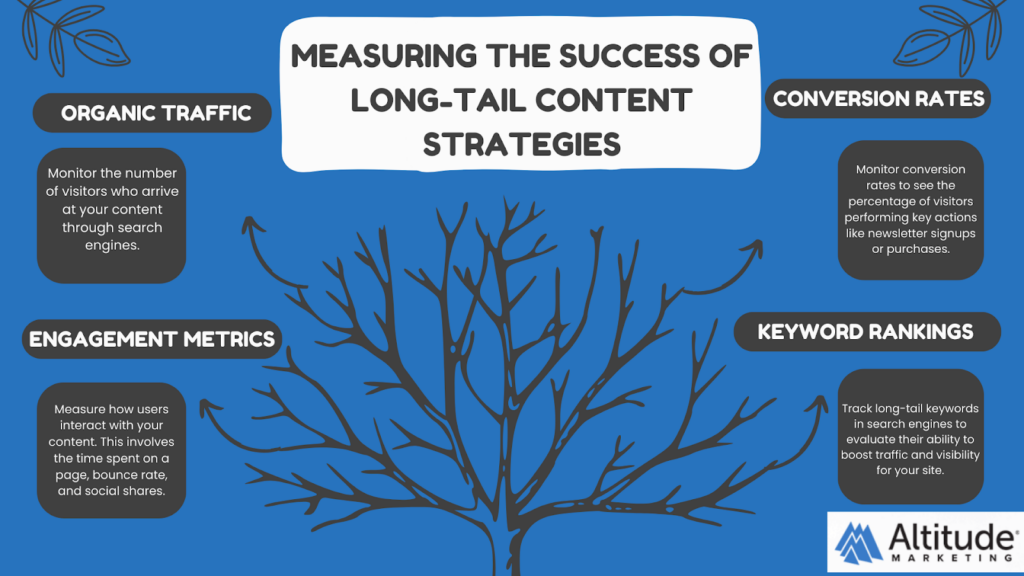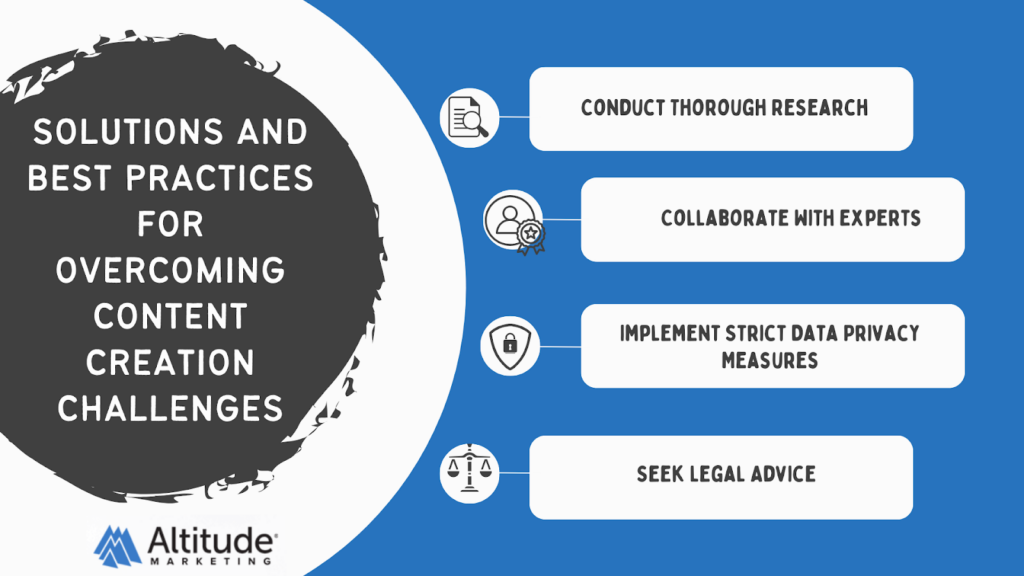Content marketing strategies play a crucial role in the life sciences industry. These strategies enable companies to reach their target market, build brand awareness, and drive engagement. Long-tail content strategies are particularly crucial as they help brands focus on specific topics and relevant keywords to target audiences rather than chase high traffic.
By targeting long-tail key phrases, you can improve your search engine rankings and attract more website visitors. In this article, we’ll give you insights and guidance on implementing long-tail content strategies. When implemented, life sciences companies will be well-equipped on how to reach their niche audiences and achieve success.
Overview
Understanding Long-Tail Content in the Life Sciences
In content marketing, “head” terms are the most common, high-traffic keywords. Thus, they are very valuable and difficult to win. Think terms like “Biotech” or “Best Pizza.” Long-tail keywords are more specific and niche phrases searched less frequently. They require more nuanced knowledge with users who know what they want. Terms like: “immunotherapy studies melanoma recurrent stage 3 trial.” For B2b life sciences organizations, optimizing unique long-tail content unlocks huge advantages because they target the exact audience you want.
How Long-Tail Content Differs from Generic Content Strategies
| Aspect | Long-Tail Content Strategies | Generic Content Strategies |
| Targeted Audience | Focuses on specific niche audiences. | Targets a broader audience. |
| Specificity | Deals with specialized topics and keywords. | Often addresses general or broad topics. |
| Engagement | More engaging and relevant to the target audience. | It may not be as relevant or engaging to a niche audience. |
| Search Engine Visibility | Can improve search engine visibility by targeting specific keywords. | May not be as effective in achieving high search rankings as they target general keywords with high competition. |
5 Advantages of Long-Tail Content Strategies in Life Sciences
Here are the advantages of long-tail content strategies:

Increased Relevance to Specific Audiences
Long-tail content matches precise audience intent. Someone querying an obscure enzyme deficiency seeks very different details than a general overview of genetics.
Ultra-targeted content demonstrates comprehension of minor conditions, showing credibility. This builds trust with those highly engaged, niche audiences that you need in the B2B market.
Enhanced Discoverability for Niche Topics
Search algorithms favor content optimized around long phrases matching user queries verbatim. So targeted articles rank easier for that enzyme term specifically. The searcher finds the niche content faster amid less competing popular content about enzymes generally. Optimizing uniqueness unlocks discoverability despite lower broad volumes.
Improved Engagement and Conversion Rates
When content clearly speaks to very specific issues people face, it shows you grasp their struggles fostering connection which raises time on page, shares, and action taking. If few competitors address the topics, you become the authority. Outperforming generic posts and laser-focused messages convey you offer solutions elevating conversions from cruelty-free cosmetics white papers to orphan disease treatment ebook downloads.
They’re Less Competitive
General topics contend with mass media sites crowding results pages. But write for “JAK inhibitors pulmonary fibrosis” and suddenly far less content competes seriously. Rather than trying to out-optimize WebMD for diabetes articles, build expertise around drug complications, clinical trial design, or other subtopics with measurable audiences and fewer sites actively targeting them.
Measuring the Success of Long-tail Content Strategies
Creating ecosystems of long-tail articles on narrow areas establishes your firm as the dominant resource in those specialty categories faster than competing broadly. Rather than general thought leadership articles scattered across fields, concentrate efforts on mastering clinical trials, biotech investing, pharmacogenetics, or precision medicine categories with tailored content systems demonstrating differentiated leadership topping search relevancy.

When executing a long-tail approach, key metrics demonstrate effectiveness in guiding strategy. Track keyword rankings in search results for target terms monitoring upward progress monthly.
Use Google Analytics to measure increases in organic traffic from newly ranked content. Watch referral traffic grow from aggregator sites only discovering more niche articles.
Split test headlines and snippets optimizing clickthrough rates. Calculate lower bounce rates and longer session durations showing engagement. Tally conversion rates on calls-to-action like book downloads, email signups, and contact requests. Segment analytics for different niche topics spotting leaders.
Evaluate content sharing and links gaining earned media value. Check citations and influencer mentions connected to niche pieces elevating subject authority.
Assess cost efficiencies gaining traffic, conversions, and recognition through targeted content multiplied across thousands of distinctive micro-topics and questions.
The power of long-tail strategies multiplies over time as assets compound – measurable through concrete metrics.
Case Study in the Use of Long-tail Content Strategy
One good example of the use of long-tail content strategies in life science companies can be found in the approach of One Vision Health. As shared on LinkedIn, the organization uses long-tail keywords to inform its video content strategies. They also use it to tailor their healthcare content to match their audience’s search behaviors and preferences.
Solutions and Best Practices for Overcoming Challenges

Conduct thorough research: Before creating content, research industry-relevant regulations and guidelines. This will help to ensure compliance with the industry standards.
Collaborate with experts: Work with professionals with expertise in the subject matter. This ensures you have accurate, up-to-date, and compliant content.
Implement strict data privacy measures: Protect sensitive information by following data privacy best practices and guidelines.
Seek legal advice: Consult with legal experts to ensure the content complies with relevant laws and regulations.
SEO Do’s and Don’ts: A Quick Guide for Effective Content Optimization
- Do: Conduct thorough keyword research to identify relevant long-tail keywords
- Do: Create content that provides in-depth information on niche topics
- Do: Optimize content for SEO by including target keywords in titles, headers, meta descriptions, etc.
- Do: Focus on quality over quantity – create valuable, engaging content
- Do: Promote content on social media to drive traffic from multiple sources
- Do: Regularly analyze performance to identify top-performing content
- Don’t: Use broad, high-competition keywords that attract lots of traffic
- Don’t: Create thin content just to target keywords
- Don’t: Neglect optimizing images and media for search visibility
- Don’t: Forget to do competitive analysis to differentiate your content
- Don’t: Fail to promote content across owned, earned, and paid channels
- Don’t: Assume one piece of content will rank well indefinitely – continually create new content
Conclusion
Optimizing long-tail content unlocks search visibility, user engagement, and conversions at scale by precisely matching niche audiences and intents often underserved. Rather than competing broadly, concentrate efforts on building vertical relevance by commanding specialty topics. Support priorities using metrics tied to rankings, traffic sources, on-site behaviors, and off-site citations per content category tailored. Measure what matters most to your business and optimize accordingly



